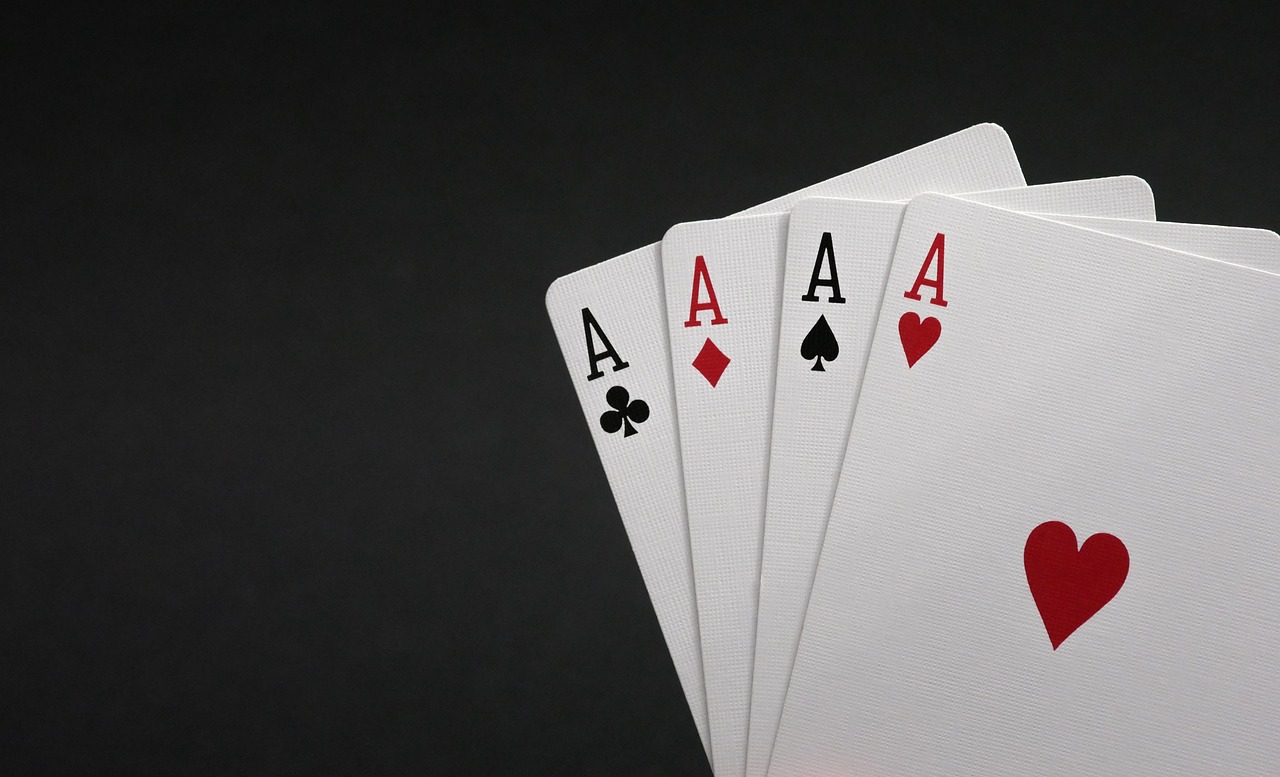Blackjack is one of the most popular and widely played casino games, offering players a blend of skill, strategy, and luck. Unlike many other casino games, blackjack allows players to influence the outcome by making strategic decisions rather than relying solely on chance. Understanding the basic rules, knowing when to hit or stand, and applying advanced strategies can significantly improve your chances of winning. Whether you’re a beginner or an experienced player, learning the best blackjack strategies for different situations will help you make smarter decisions and increase your odds of success.
Understanding the Basic Rules and Strategy
The goal of blackjack is simple: beat the dealer’s hand without exceeding a total of twenty-one. Each player is dealt two cards, and the dealer also receives two cards, usually with one card facing up. Players then decide whether to hit, stand, double down, or split based on the strength of their hand and the dealer’s visible card. The game’s simplicity makes it accessible to new players, but its strategic depth allows skilled players to gain an edge.
Basic strategy is the foundation of winning at blackjack. It involves using a mathematically proven chart to determine the best possible move based on your hand and the dealer’s upcard. For example, players should always hit when holding a hand total of eight or lower, while standing is the best option for hands totaling seventeen or higher. Following basic strategy helps reduce the house edge and ensures players make the most statistically sound decisions in every situation.

The Importance of Card Counting and Bankroll Management
Card counting is a technique used by skilled players to track the ratio of high to low cards remaining in the deck. By keeping count of the cards that have been played, players can adjust their bets and playing decisions to capitalize on favorable conditions. Although card counting is not illegal, casinos actively discourage it and may ban players who are suspected of using this technique. Successful card counting requires concentration, quick calculations, and a deep understanding of the game’s mechanics.
Bankroll management is equally important for long-term success. Players should set a budget before entering the casino and stick to it, avoiding the temptation to chase losses or make reckless bets. A common strategy is to wager a consistent percentage of the bankroll on each hand, ensuring that losses remain manageable and winnings can be maximized over time. Proper bankroll management helps players stay in control and prevents emotional decision-making, which often leads to costly mistakes.
Knowing When to Split, Double Down, and Surrender
One of the key strategic elements of blackjack is understanding when to split, double down, or surrender. Splitting allows players to divide a pair into two separate hands, increasing the potential for a higher payout. However, not all pairs should be split—Aces and eights should always be split, while tens and face cards should never be split, as they already form a strong hand.
Doubling down is another valuable strategy, allowing players to double their initial bet in exchange for committing to one final card. This move is most effective when holding a total of ten or eleven and facing a dealer’s weak upcard. Doubling down at the right time maximizes potential winnings and takes advantage of favorable situations.
Surrendering is an often-overlooked strategy that allows players to forfeit half of their bet when facing an extremely unfavorable hand. This option is particularly useful when holding a total of sixteen against a dealer’s strong upcard, such as a ten or Ace. While surrendering may seem like giving up, it can help minimize losses over the long run and is a smart decision in specific scenarios.
Avoiding Common Mistakes and Playing Smart

Many blackjack players make costly mistakes by ignoring basic strategy or letting emotions dictate their decisions. One of the most common errors is hitting on a hard seventeen, which puts the player at a high risk of busting. Another frequent mistake is failing to consider the dealer’s upcard when making decisions. Players should always base their moves on the dealer’s visible card rather than simply focusing on their own hand total.
Another key aspect of playing smart is avoiding insurance bets. Insurance is offered when the dealer’s upcard is an Ace, allowing players to place a side bet that pays if the dealer has blackjack. While it may seem like a protective move, insurance bets heavily favor the casino and should generally be avoided.
Mastering blackjack requires a combination of knowledge, discipline, and strategic thinking. By following basic strategy, managing your bankroll effectively, and making informed decisions based on the dealer’s upcard, you can improve your chances of winning and enjoy a more rewarding experience at the blackjack table. Whether playing in a casino or online, applying the right strategies will give you an edge and help you maximize your potential winnings.

